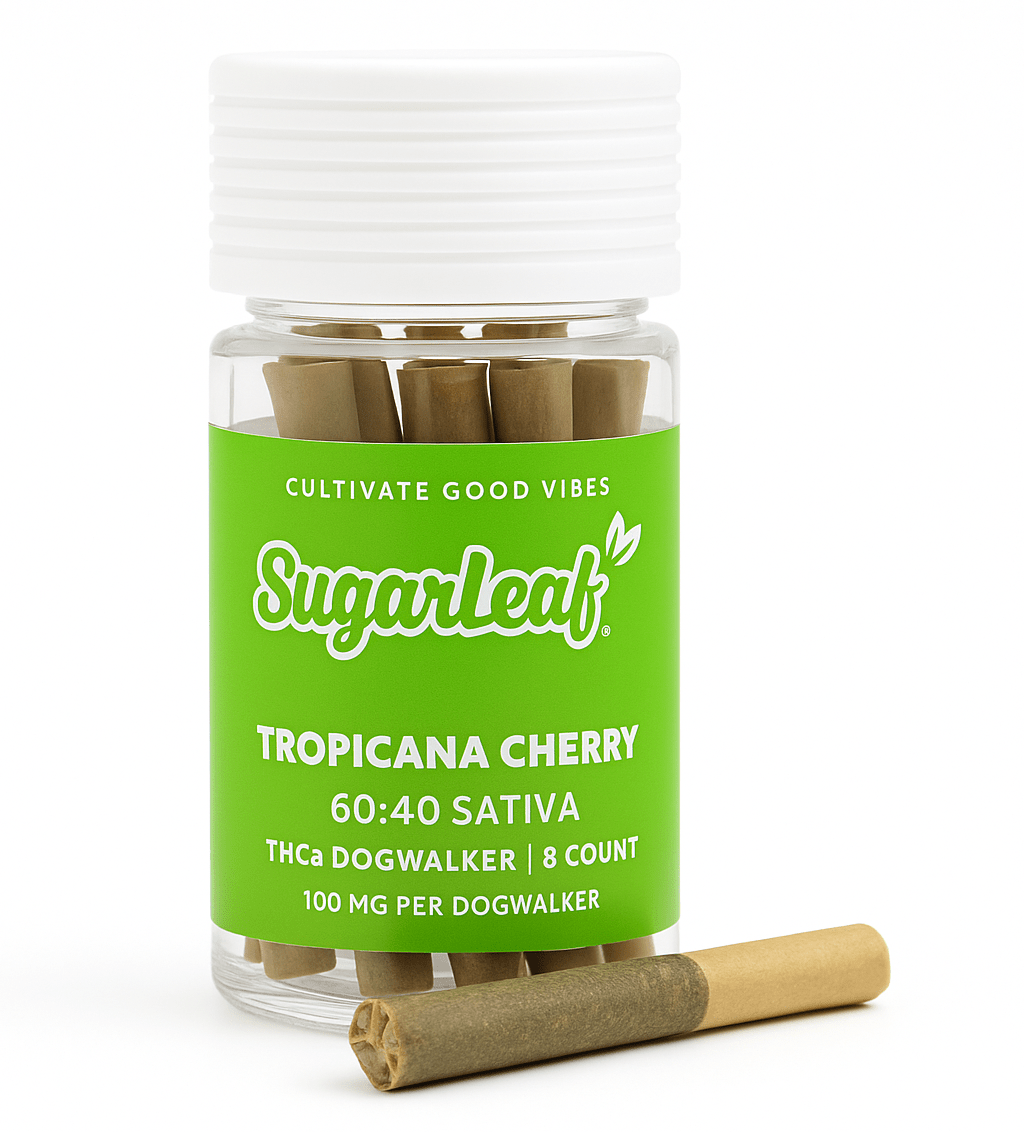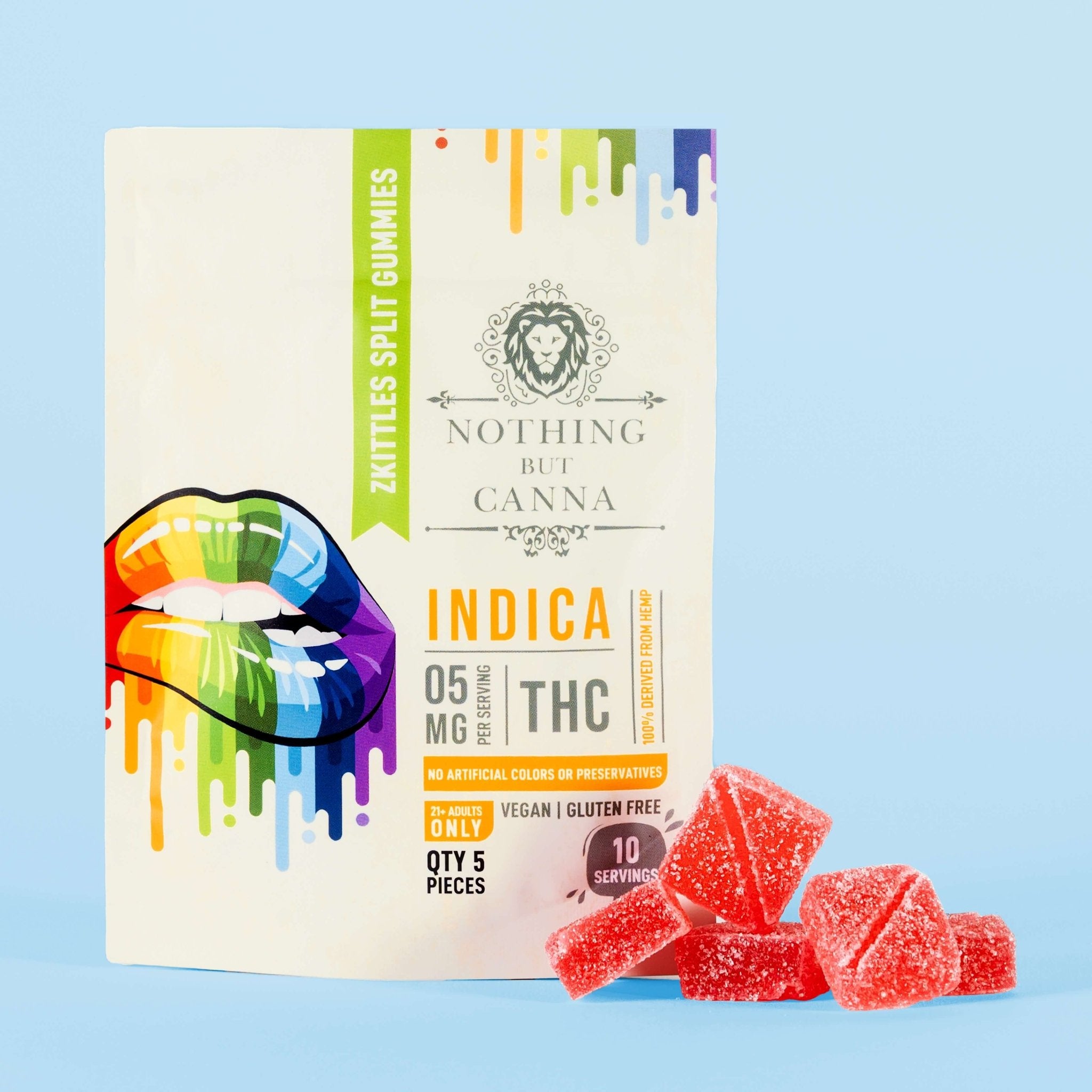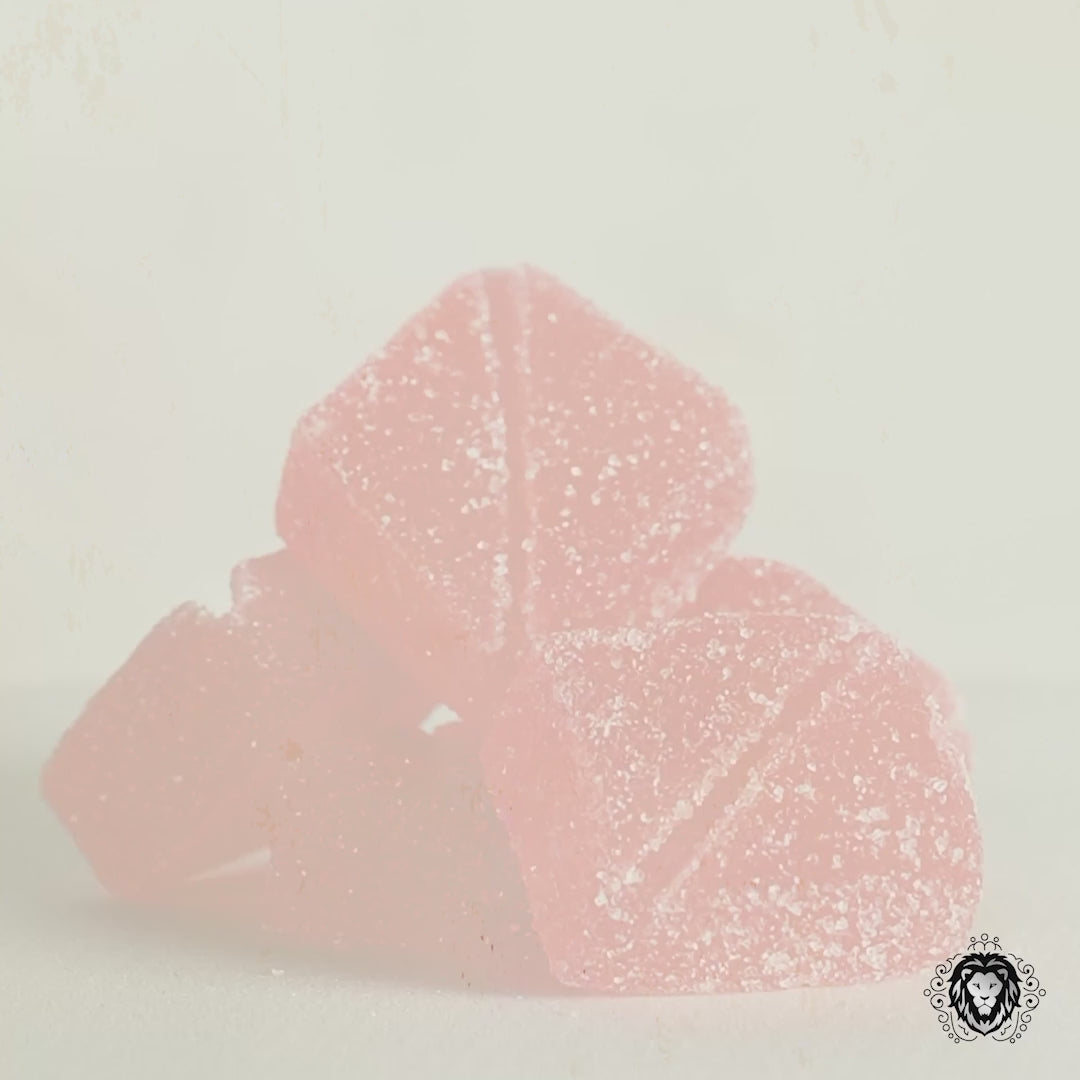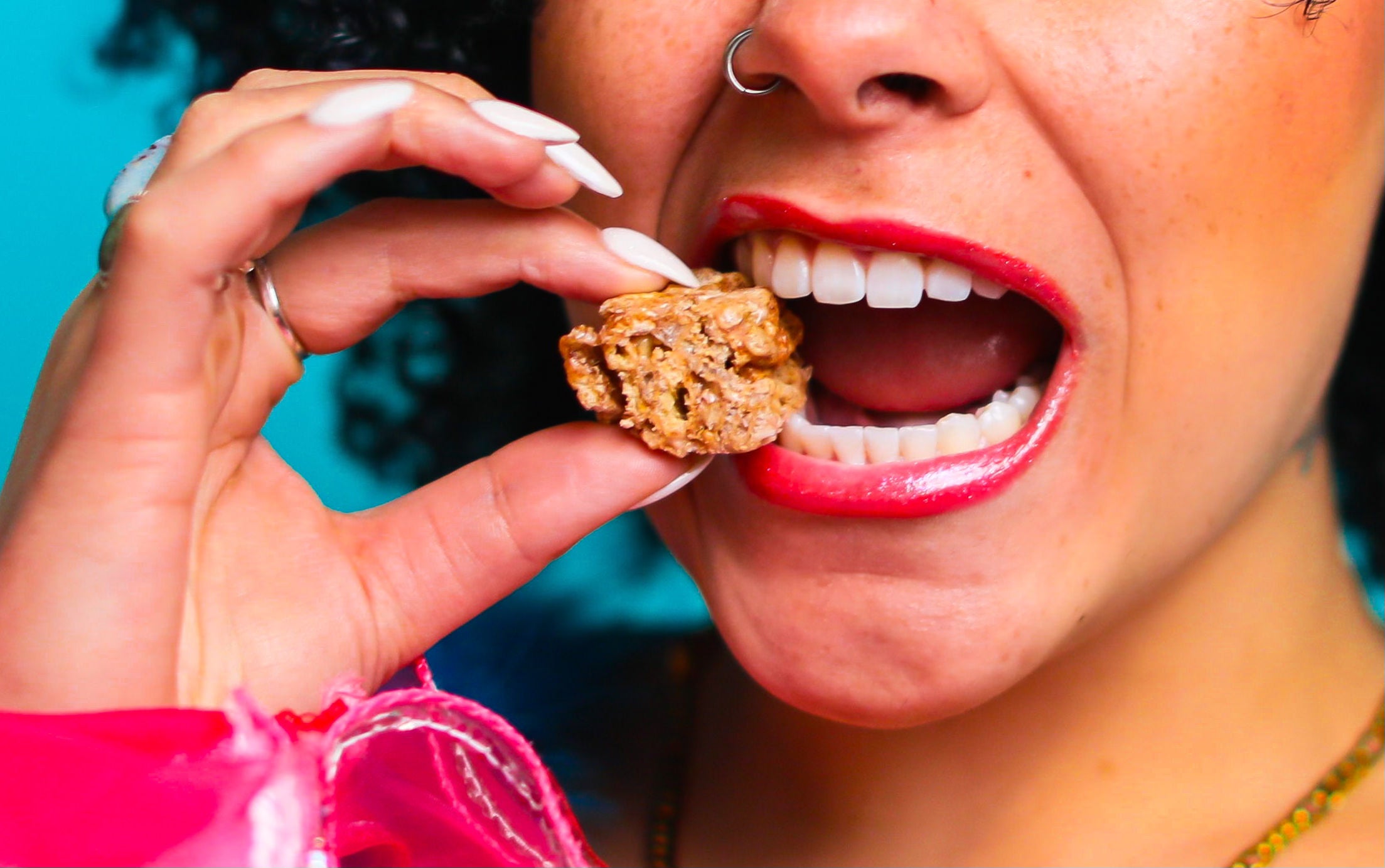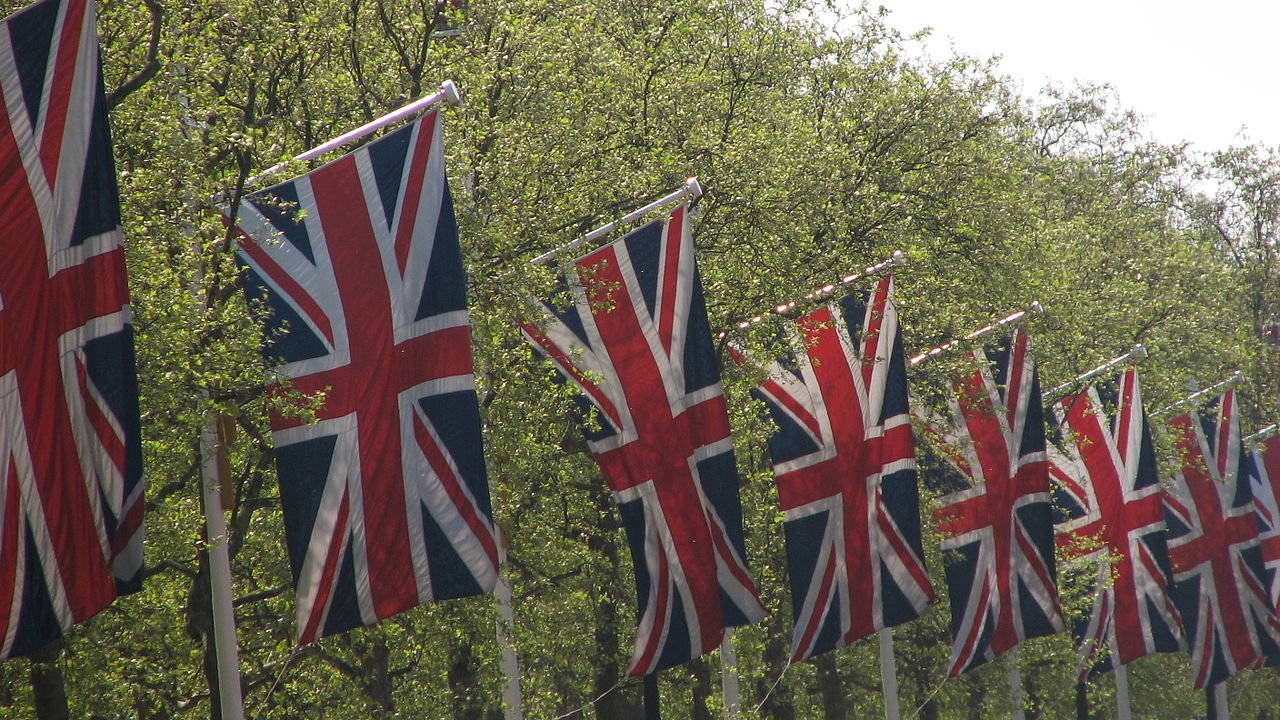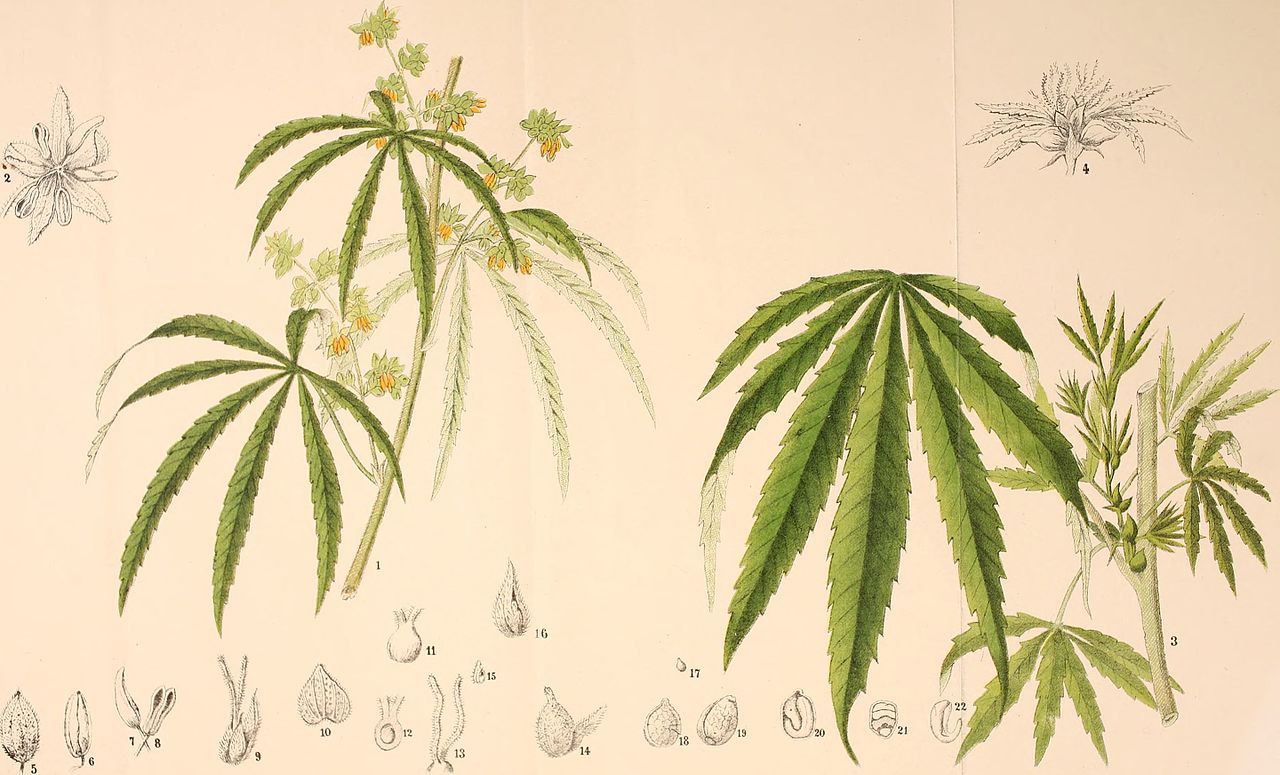
Agricultural land-grant public universities were established all across America by the federal government during the mid-19th century to further scientific study of farming, technology and providing food for a growing population on the continent.
Minnesota’s own state land-grant university, the University of Minnesota, has been taking those goals to one of the most interesting consumer and agricultural questions of recent years. In the U of M’s various labs, fields and classrooms, key research has been pursued on the exciting new realm of hemp growing.
Hemp has a long history on the North American continent, but in the past hundred years or so its cultivation has mostly been restricted to the underground and black markets. After 2018, it was legal as an agricultural crop and states are now rushing to get regulatory guidelines in place for this, the 2019 planting season.
Since its legalization, hemp has drawn attention for textile properties that make it desirable but mainly for its extraction into CBD, or cannabidiol. CBD is the non-psychoactive cousin compound of THC found in marijuana, and users seek it for a number of uses, including anxiety, pain relief and insomnia.
What fewer of those in the new cohort of CBD enthusiasts may realize is that research into hemp has been building in the State of Minnesota since 2014, when the Minnesota Dept. of Agriculture opened a pilot program for research of the crop. [1]
According to the University of Minnesota’s College of Food, Agriculture and Natural Resource Sciences (CFANS), the university was among those that got involved with the MDA’s pilot programs in 2017 by studying farms all across the state. [2]
The University’s researchers in Morris, Minnesota and other sites around the state were some of the scientists at the cutting edge of studying hemp seeds and oil uses which have since come into vogue as the tinctures, lotions and edibles customers associate with CBD. [2]
This growing season culminated in the University of Minnesota Industrial Hemp Variety Trial, which showed that similar strains of hemp already grown in Canada should be considered for Minnesota growers, all while listing the dangers posed by unfettered weed growth into hemp crops. [3]
Meanwhile, the University’s College of Biological Sciences’ Dr. George Weiblen started publishing his findings on the genetics of hemp in 2015. His findings, according to the University’s site, were some of the first differentiating hemp plants from marijuana plants at the genetic level. [4]
These contributions have operated in the background of a now-booming industry that many feel appeared out of nowhere and which regulators have jumped to accuse of having no background in research. For this reason, though, paying attention to scientific findings — and pushing for new ones — is important in the hemp industry.
Sources
[1] https://www.mda.state.mn.us/plants/hemp
[2] https://wcroc.cfans.umn.edu/wcroc-news/industrial-hemp-research
[3] https://www.mda.state.mn.us/university-minnesota-industrial-hemp-variety-trial
[4] https://cbs.umn.edu/blogs/cbs-connect/hemp-horizon




